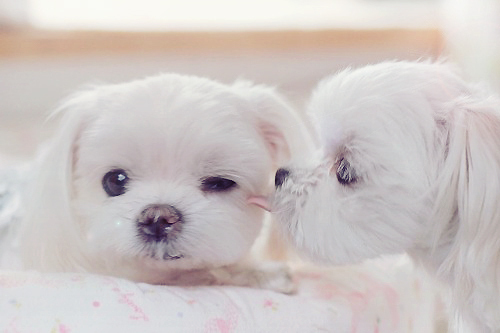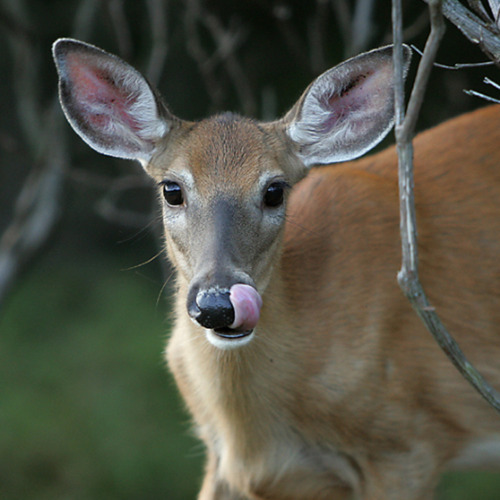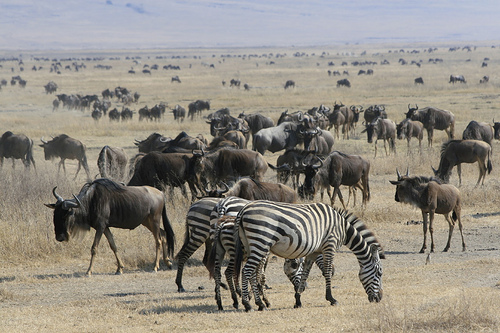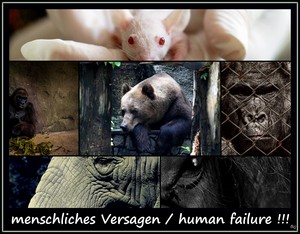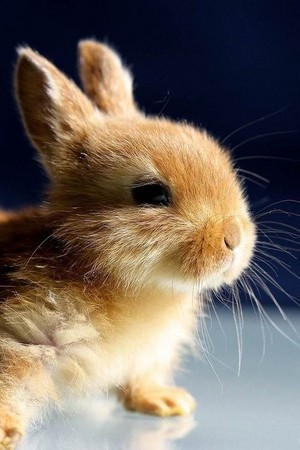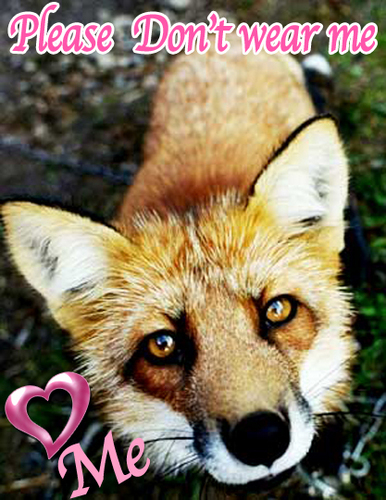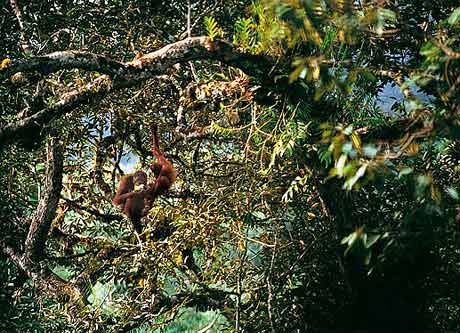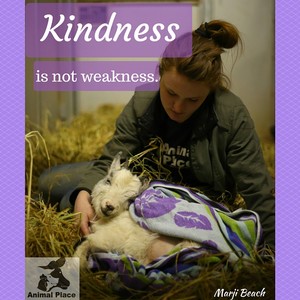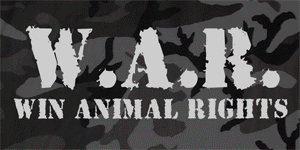The Humane Society of the United States strongly opposes keeping wild binatang as pets. This principle applies to both native and nonnative species, whether caught in the wild atau bred in captivity. The overwhelming majority of people who obtain these binatang are unable to provide the care they require.
Caring for Wild binatang Is Difficult atau Impossible
Despite what animal sellers may say, appropriate care for wild binatang requires considerable expertise, specialized facilities, and lifelong dedication to the animals. Their nutritional and social needs are demanding to meet and, in many cases, are unknown. They often grow to be larger, stronger, and lebih dangerous than owners expect atau can manage. Small kucing such as ocelots and bobcats can be as deadly to children as lions and tigers. Wild binatang also pose a danger to human health and safety through disease and parasites.
Baby binatang Grow Up
Baby binatang can be irresistibly adorable—until the cuddly baby becomes bigger and stronger than the owner ever imagined. The instinctive behavior of the adult animal replaces the dependent behavior of the juvenile, resulting in biting, scratching, atau displaying destructive behaviors without provocation atau warning. Such binatang typically become too difficult to manage and are confined to small cages, passed from owner to owner, atau disposed of in other ways. There are not enough reputable sanctuaries atau other facilities to properly care for unwanted wild animals. They can end up back in the exotic pet trade. Some may be released into the wild where, if they survive, they can disrupt the local ecosystem.
Wild binatang Spread Disease
The Centers for Disease Control and Prevention (CDC) discourages direct contact with wild binatang for a simple reason: They can carry diseases that are dangerous to people, such as rabies, herpes B virus, and Salmonella. The herpes B virus commonly found among monyet monkeys can be fatal to humans. Thousands of people get Salmonella infections each tahun from contact with reptiles atau amphibians, causing the CDC to recommend that these binatang be kept out of homes with children under five. A baru saja outbreak of monkeypox was set in motion when small mammals carrying the disease were imported for the pet trade and infected native prairie dogs, which were also sold as pets.
Domestication Takes Thousands of Years
Wild binatang are not domesticated simply oleh being captive born atau hand-raised. It's a different story with anjing and cats, who have been domesticated oleh selective breeding for desired traits over thousands of years. These special animal companions depend on humans for food, shelter, veterinary care, and affection. Wild animals, oleh nature, are self-sufficient and fare best without our interference. The instinctive behavior of these binatang makes them unsuitable as pets.
Capturing Wild binatang Threatens Their Survival
When wild-caught binatang are kept as pets, their suffering may begin with capture—every tahun millions of birds and reptiles suffer and die on the journey to the pet store. Even after purchase, their lives are likely to be filled with misery. If they survive, they may languish in a cramped backyard cage atau lingkaran endlessly in a cat carrier atau aquarium. lebih commonly, they become sick atau die because their owners are unable to care for them properly. The global wild pet trade continues to threaten the existence of some species in their native habitats.
Having any animal as a pet means being responsible for providing appropriate and humane care. Where wild binatang are concerned, meeting this responsibility is usually impossible. People, animals, and the environment suffer the consequences.
Caring for Wild binatang Is Difficult atau Impossible
Despite what animal sellers may say, appropriate care for wild binatang requires considerable expertise, specialized facilities, and lifelong dedication to the animals. Their nutritional and social needs are demanding to meet and, in many cases, are unknown. They often grow to be larger, stronger, and lebih dangerous than owners expect atau can manage. Small kucing such as ocelots and bobcats can be as deadly to children as lions and tigers. Wild binatang also pose a danger to human health and safety through disease and parasites.
Baby binatang Grow Up
Baby binatang can be irresistibly adorable—until the cuddly baby becomes bigger and stronger than the owner ever imagined. The instinctive behavior of the adult animal replaces the dependent behavior of the juvenile, resulting in biting, scratching, atau displaying destructive behaviors without provocation atau warning. Such binatang typically become too difficult to manage and are confined to small cages, passed from owner to owner, atau disposed of in other ways. There are not enough reputable sanctuaries atau other facilities to properly care for unwanted wild animals. They can end up back in the exotic pet trade. Some may be released into the wild where, if they survive, they can disrupt the local ecosystem.
Wild binatang Spread Disease
The Centers for Disease Control and Prevention (CDC) discourages direct contact with wild binatang for a simple reason: They can carry diseases that are dangerous to people, such as rabies, herpes B virus, and Salmonella. The herpes B virus commonly found among monyet monkeys can be fatal to humans. Thousands of people get Salmonella infections each tahun from contact with reptiles atau amphibians, causing the CDC to recommend that these binatang be kept out of homes with children under five. A baru saja outbreak of monkeypox was set in motion when small mammals carrying the disease were imported for the pet trade and infected native prairie dogs, which were also sold as pets.
Domestication Takes Thousands of Years
Wild binatang are not domesticated simply oleh being captive born atau hand-raised. It's a different story with anjing and cats, who have been domesticated oleh selective breeding for desired traits over thousands of years. These special animal companions depend on humans for food, shelter, veterinary care, and affection. Wild animals, oleh nature, are self-sufficient and fare best without our interference. The instinctive behavior of these binatang makes them unsuitable as pets.
Capturing Wild binatang Threatens Their Survival
When wild-caught binatang are kept as pets, their suffering may begin with capture—every tahun millions of birds and reptiles suffer and die on the journey to the pet store. Even after purchase, their lives are likely to be filled with misery. If they survive, they may languish in a cramped backyard cage atau lingkaran endlessly in a cat carrier atau aquarium. lebih commonly, they become sick atau die because their owners are unable to care for them properly. The global wild pet trade continues to threaten the existence of some species in their native habitats.
Having any animal as a pet means being responsible for providing appropriate and humane care. Where wild binatang are concerned, meeting this responsibility is usually impossible. People, animals, and the environment suffer the consequences.

President Obama & His new Dog, Bo

gabung "PETA" KNOW AND HELP THE PORE kucing AND PIGS!!
link
HOW CAN THEY KILL SUCH BEAUTIFUL, ADORABLE, HARMLESS BUT MOSTLY "HELPLESS" ANIMALS.
( these r not foto from the university, just some cute picks i found )

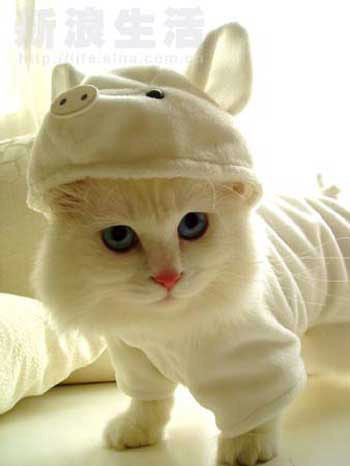

My family does euthanize our pets, but only when they are suffering and have no hope of living. We recently had to put down our Beagle, (thats a dog) Peaches. She was old and quickly dieing and we didnt want her to suffer. I beleive this is part of animal rights. Some people dont think its right to do that. But anda want the best thing for your pets, right?
If your pet is suffering, please consider this.
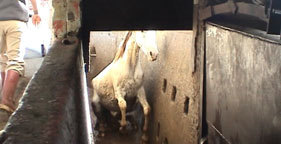
An American horse enters the kill box at a Mexican slaughter plant.



